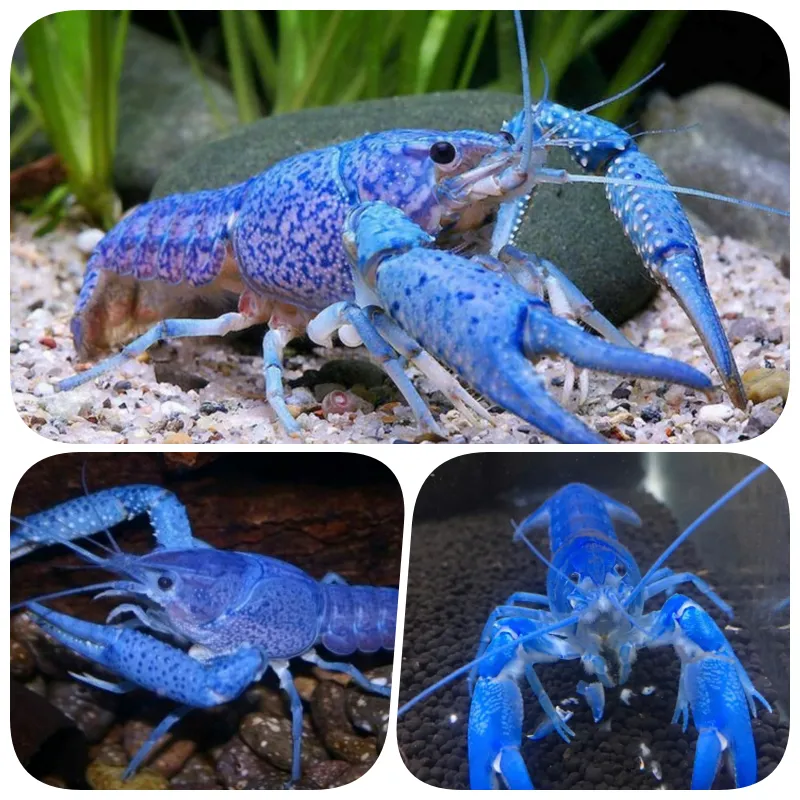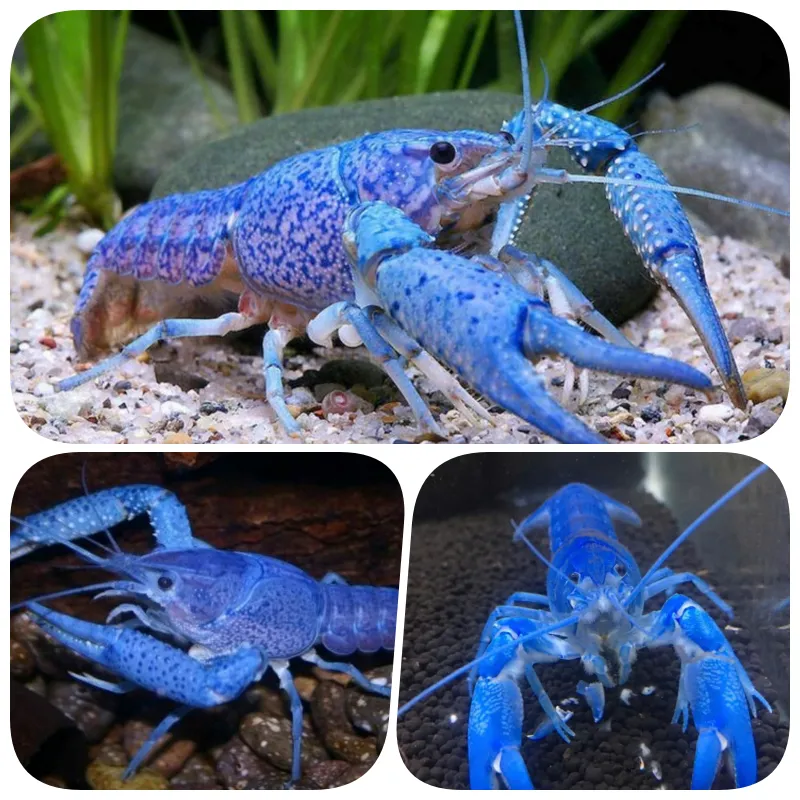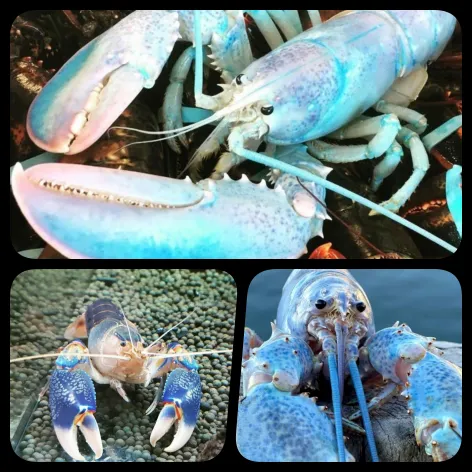
Cotton Candy Lobster: One in 100 Million!
Joseph Kramer, the proud owner of Atlantic Lobster Company, was in for a surprise during his routine check of over 20 lobster traps off the coast of New Castle, New Hampshire. As he opened the final trap, he was stunned to find a lobster unlike any he had ever seen—a vibrant and eye-catching specimen with a stunning array of colors.

At first, Kramer believed he had caught a rare blue lobster, which occurs once in every two million lobsters. However, he quickly realized that what he held in his hands was even more extraordinary—a “cotton candy” lobster, an incredibly rare creature with odds of one in 100 million.
Because this lobster met local fishing standards, Kramer brought it to the Seacoast Science Center in Rye. There, marine expert Sam Rutka confirmed that the lobster was indeed a healthy male cotton candy lobster, showcasing a breathtaking blend of lavender, violet, and pink hues. With over a decade of experience, Rutka had encountered only 15 such lobsters.
The mesmerizing colors of this lobster have nothing to do with actual cotton candy; they are the result of a rare genetic mutation. The nickname comes from its striking pink and purple patterns against a blue background, resembling the swirling colors of cotton candy.
Lobsters typically possess multiple layers of carotenoid pigments—red, yellow, and blue—that give them their usual brownish shell color. However, genetic mutations can cause these pigments to be under- or over-expressed, resulting in lobsters with extraordinary colors. Beyond blue and cotton candy lobsters, researchers have also documented red, two-toned, and albino lobsters, with odds of one in 10 million, one in 50 million, and one in 100 million, respectively.

While the unique coloration of a cotton candy lobster is largely dictated by its DNA, other factors, like diet, can also play a role. Similar to how flamingos turn pink from the shrimp they eat, a lobster’s diet can influence its shade, explains biologist Anita Kim, who previously worked at the New England Aquarium. However, this rare coloration also puts the cotton candy lobster at a disadvantage in the wild, making it more difficult to blend in and easier for predators to spot. “This rarity makes the discovery even more remarkable,” says Rutka.
Currently, the cotton candy lobster found by Kramer is being cared for at the Seacoast Science Center, where it joins an orange lobster and several blue lobsters in their collection.






